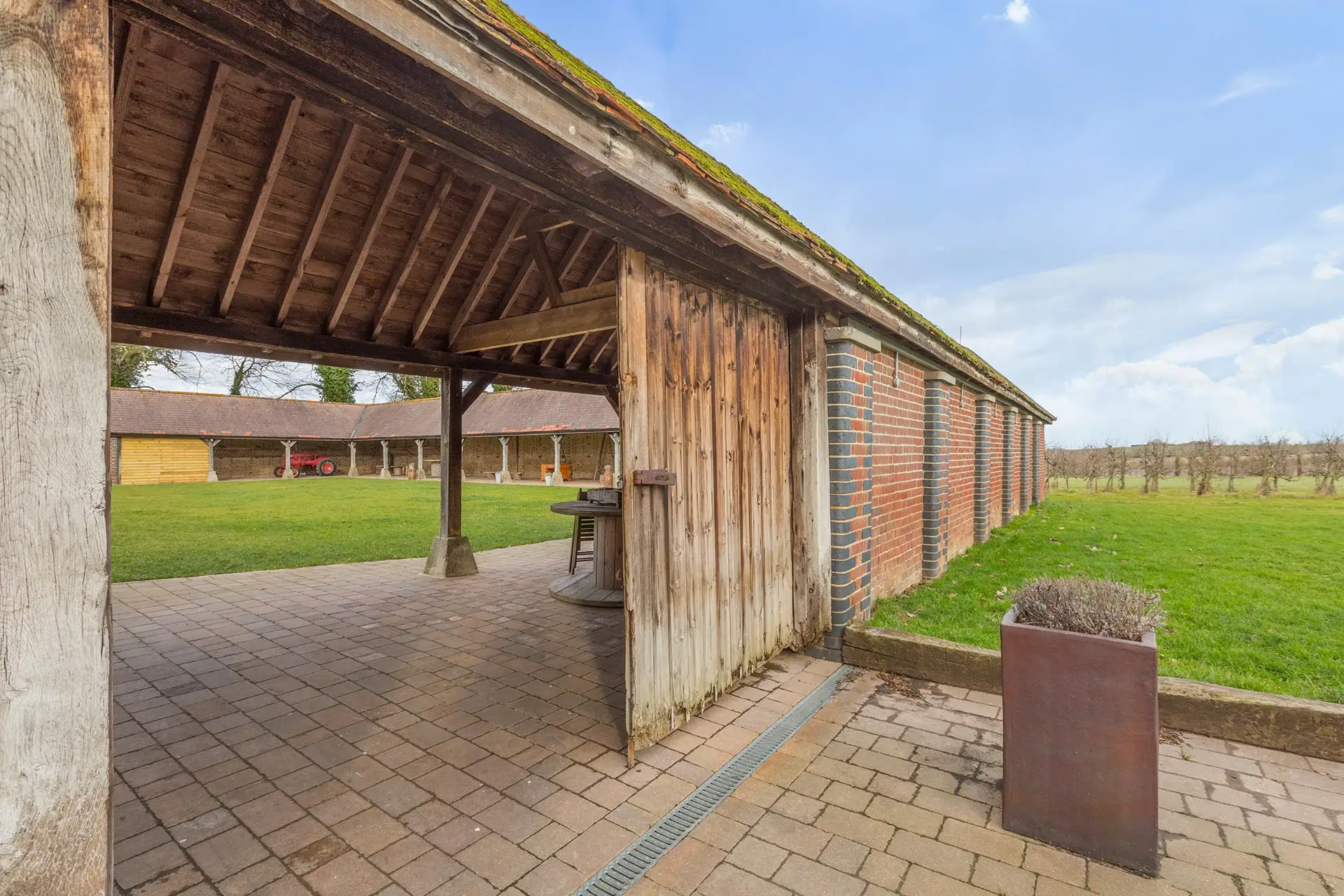SPAB National Maintenance Week: The Importance of Maintenance on Buildings in their Early Stages of Decay

In 1877 William Morris, a founding member of SPAB, wrote“….stave off decay by daily care…prop a perilous wall… mend a leaky roof …” as part of the SPAB Manifesto. What was relevant then remains important today.
It is true that leaving a small problem untreated will lead to a more serious issue. Carrying out minor maintenance tasks now could prevent the need for costly repairs in the future. When talking about listed buildings and cultural heritage, it will sadly lead to loss of historic fabric and cultural assets.
During the last 18 years SPAB (Society for the Protection of AncientBuildings) has been raising awareness of the importance of the maintenance of buildings in their early stages of decay by organising the SPAB National Maintenance Week, usually held at the end of November. This year we also decided to take part in the event and share some useful information to all of you who are looking after a building, regardless of its age.
Here are some of the most important things that you should check within your property so it is well prepared for the winter months:
Roof
Checking your roof for slipped or missing tiles, shingles or slates is a good starting point. Look for uneven surfaces from the outside and light or damp areas when examined from the interior. Remember that even a small gap could let in damaging amounts of water and if neglected it could lead to rotten timber roof structural elements and in severe cases roof collapse.
Chimneys
Carefully examine the pointing. Loose or missing pointing will allow water to enter the chimney stack. Lead flashings should be checked as they can fail due to age, temperature inversion, wind or poor installation. If not repaired rainwater will likely dampen the chimney, the surrounding timber frame, walls and floors and cause more serious problems.
Downpipes and gutters
Make sure gutters are free from moss, leaves and other debris. Pay attention to their slope as if reversed they are either holding the water or discharging it onto the wall. Make sure that the downpipes are not cracked or have parts missing and that they are connected to the gullies.
Ground level gullies
Ground level gullies must be kept clean so the rainwater could quickly drain away. Slow drainage could lead to damp walls and interiors, failing of the foundations, wall cracks, etc.
Vegetation
No plants should be left on the roofs, gutters and walls and sometimes even in close proximity with the building. Their roots could potentially damage the foundations, brickwork, stone masonry, or if wall climbers cause loose or crumbling pointing or render and/or lead to dampness.
Windows and doors
Check the seals between frames and masonry. If the doors and windows are not recently painted, you should examine them for cracks in the paint. Rainwater could easily dampen the wood and sometimes lead to quick deterioration causing wood decay and rot.
Condensation
Always more noticeable during the cold months, condensation is a serious issue. Buildings, and especially old houses, need to breathe and, therefore, good ventilation is really important.
Walls
Depending on the property location, winds and rain direction, walls are affected in a different manner. North and west facades usually need more attention. It is good to examine walls for wet areas and possible rising damp. Also look out for old and new cracks, crumbling bricks or pealing stone elements.
Timber work
Check the soffits, areas behind the gutters, barge boards on the gables for missing paint or rotten areas.
Decorative garden elements
As some stone types, especially marble, are at risk of damage due to temperature inversion and moisture, protection during the winter should be considered.
It is also important that all the materials used for the repairs should match the original, especially when dealing with listed buildings. Breathable paints should be used for walls, doors and windows. Cement is not recommended for any kind of repair works because of its hardness and low porosity.
Identifying defects or problems similar to those mentioned above is easy, and if repairs are needed they should be quick and relatively inexpensive when spotted early. They will help you preserve the authentic features of your property for years to come and keep the maintenance costs significantly lower. Listed Building Consent for such kind of repair work is not required, but if you plan to undertake works that may affect the character of the building you should check with your Local Planning Authority or seek professional advice. Changes that may seem minor such as stone cleaning or painting using a different colour or paint type, re-roofing with new materials or replacement of timber doors and windows may have an impact on the building’s character and will normally require consent. Buildings within a conservation area may also need planning permission for external works that affects the character or appearance of the building.
If you are unsure about what repair work is required to your property (listed or not), the techniques of carrying out the work or you need advice on required consents and planning and implementing the work we would gladly discuss it with you.
Extensive further reading can be found here:
We offer a free consultation to help assess what you're trying to achieve, how we can help and explain the process.

Listed Building Renovation And Refurbishment: A Guide

Insulating A Listed Building’s Walls
Our team of specialist architects offer a completely free and no-obligation telephone consultation to discuss your project, explain the process and how we can help.

